|
Any student wanting to learn an instrument will need to invest in having their own instrument for practice during the week. Without applying the information learned at the lesson during the week, progress will be stunted. Students who practice progress more quickly! When searching for guitars, we know the options can become overwhelming! We also recognize that the quality of the instrument needed may change as a student progresses; therefore, we have shared multiple options at a variety of price points. In this post our guitar instructor, Seth, has shared his expertise in order to help you make the right decision for your needs! To note, this post contains affiliate links for items that we recommend and use. We may earn a small commission from Amazon at no cost to you. Types of GuitarsThere are three basic types of guitars: 1. Acoustic Guitars are often the most popular choices for students beginning guitar lessons! Acoustic guitarists can share music as a soloist or as part of a band. Acoustic guitars can be played without external amplification, however, many acoustic guitars have a featured to allow them to be amplified, if desired. 2. Classical Guitars are similar to acoustic guitars but more often used for Flamenco and Spanish music. The body can be slightly larger and typically uses nylon strings vs. steel strings. 3. Electric Guitars require external amplification in order to be heard. They are most often used as part of a band in a variety of genres including Jazz, Blues, Soul, Funk, Pop, Rock, Country and Metal. Our recommendations focus on acoustic and electric options for both children and adults! If you need a left-hand guitar recommendation, send us an email at [email protected]. Why are the Prices Different?When buying a guitar, appearance is only part of the price increase on a guitar. The main reasons for price increases are:
0 Comments
One of the most frequently asked questions we receive is "What is the best age to begin learning an instrument?"
Developmentally, most children are ready to begin lessons by seven years old and some students are ready much earlier. Consider if you can answer "yes" to the majority of these statements: Academic Readiness
Emotional Readiness
Mental Readiness
Any student wanting to learn an instrument will need to invest in having their own instrument for practice during the week. Without applying the information learned at the lesson during the week, progress will be stunted. Students who practice progress more quickly! When searching for pianos, we know the options can become overwhelming! We recognize that the quality of the instrument needed may change as a student progresses; therefore, we hope the pros and cons we have shared will help you make the right decision for your needs! For purchasing a piano, we highly recommend visiting Fox Music House Inc. in North Charleston. They have acoustic, digital, and electronic keyboards available for purchase and rent! Types of PianosThere are three basic types of pianos: 1. Acoustic Pianos are the largest and most expensive but also the best when it comes to developing piano skills. Acoustic pianos include upright and grand designs.
2. Digital Pianos are smaller, more portable, less expensive, and many are able to closely mirror the sound and touch of acoustic pianos. Digital pianos can be purchased with a cabinet-style console, enhancing the aesthetics and mimicking an acoustic instrument. 3. Electronic Keyboards are the most cost-effective option, however, sometimes they include less keys (which limits repertoire) and they may not have resistance (weighted-keys). These differences make transferring skills to a digital or acoustic piano more difficult. For each type of piano, we have shared pros and cons to consider when choosing the right instrument for your student and your family! "Three things are necessary for happiness: a faithful wife, a well-padded chair, and a harp well-tuned." - An Irish TriadWe are grateful to have Lowcountry instructors, Kim (celtic harpist) and Mallory (pedal harpist) on our team! In this blog post, they have shared information that they hope will help you choose which instrument is the best fit for you. As always, feel free to contact us if you have additional questions. We are here to help! Definition:Celtic Harp (Folk Harp or Lever Harp): "A smaller harp with wire and nylon strings, used in the folk and early music of Scotland and Ireland." Pedal Harp (Concert Harp or Classical Harp): "A larger and technologically modern harp, designed primarily for use in art music." "Musicians who play Celtic harps are called "harpers" while those who play Pedal harps are called "harpists". The word “harp” comes from Old Norse, Anglo-Saxon, or Old German words meaning “to pluck”. Appearance:
In these videos from Lowcountry Pianist & Company LLC, you can see some of the differences in appearance of each instrument. Pedal harps are larger than celtic harps.
Additionally, changing the pitch (making strings sound lower or higher) is controlled by pedals on the pedal harp (located at the base of the instrument) while the celtic harp uses levers (located at the top of the instrument). For example, imagine a piano keyboard; there are white and black strings. In the olden times only the white notes could be plucked unless the harper re-tuned the string for a certain song, whereas now the harper / harpists can change their levers or pedals and essentially then have the black keys on the piano available also. "Adaptability and flexibilityhave become must have qualities in order to thrive during 2020. Before the 'coronavirus season' most instructors had not explored teaching virtually. Now, virtual lessons have become the norm for many instructors, including myself! In this video (filmed March 2020), I interviewed Emilee (professional musician with Lowcountry Pianist & Company LLC and private music instructor) to learn more about using Zoom Video Conferencing to teach private lessons. Emilee gives an overview of the app plus features of the app that are specifically helpful for music teachers! Learn more about Zoom...
(Video Filmed with the Zoom App Recording Feature)
I am glad that Zoom (and virtual learning resources) have allowed instructors to continue to do what we love and expand our reach to serve more clients! If you have additional resources to share that would be helpful for others, please comment below ↓ Thank you! |
CONTACT
Holly Slice, Owner
Email: [email protected]
Phone: 843-310-1083
Visit Our Sister Site:
Lowcountry Pianist & Company LLC
Email: [email protected]
Phone: 843-310-1083
Visit Our Sister Site:
Lowcountry Pianist & Company LLC
LEGAL
© 2024 SC Music Lessons LLC
All Rights Reserved.
All Rights Reserved.
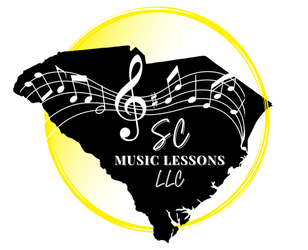

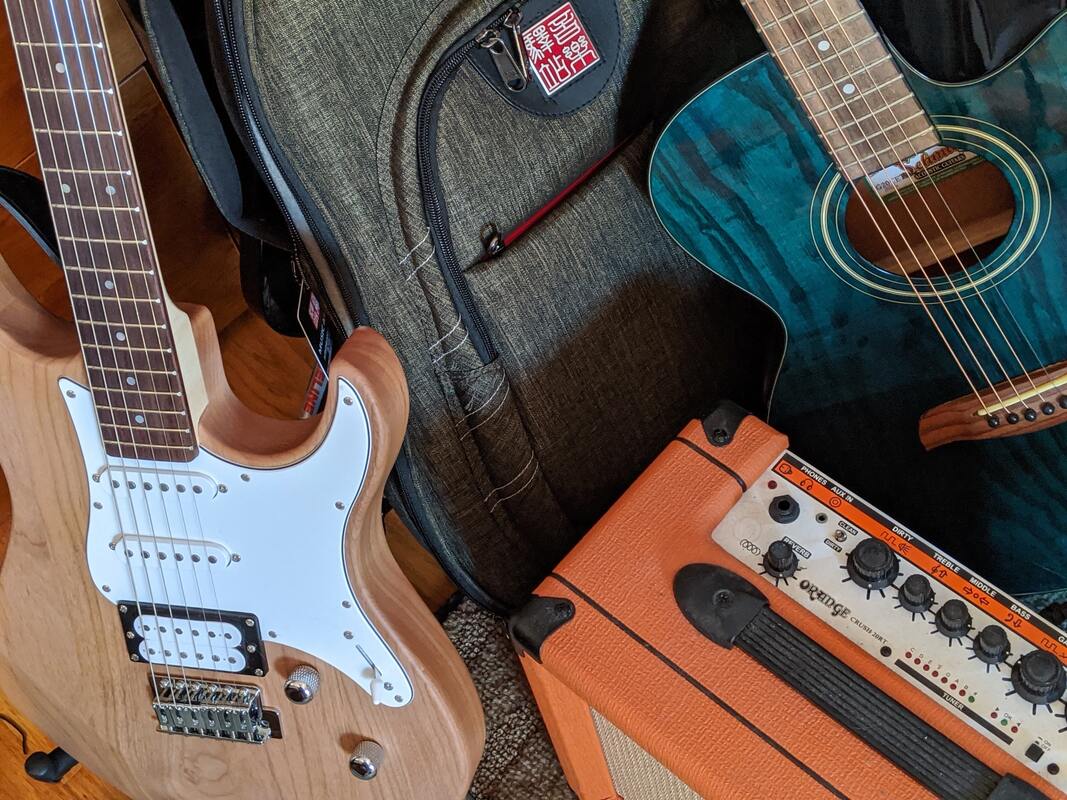
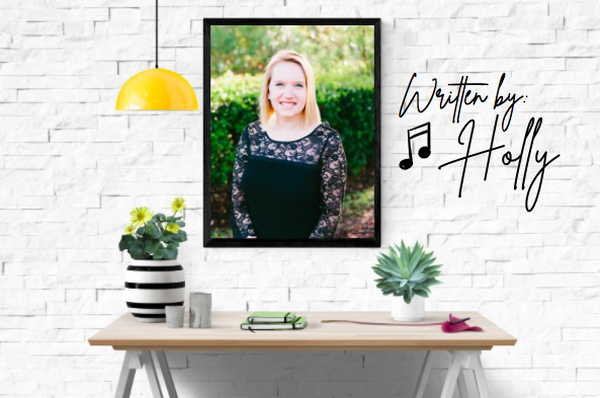
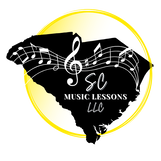
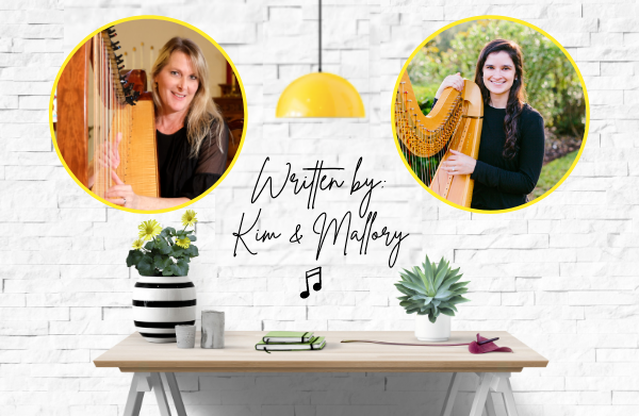
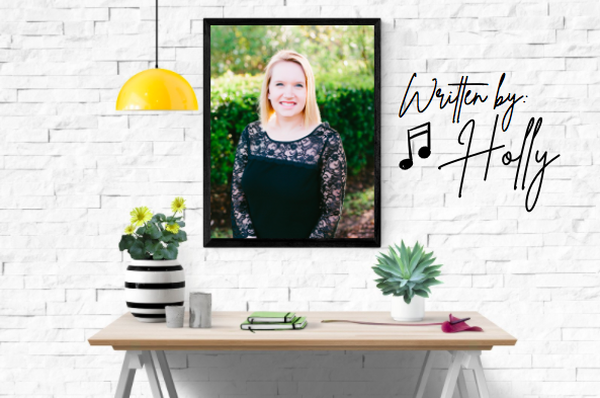
 RSS Feed
RSS Feed